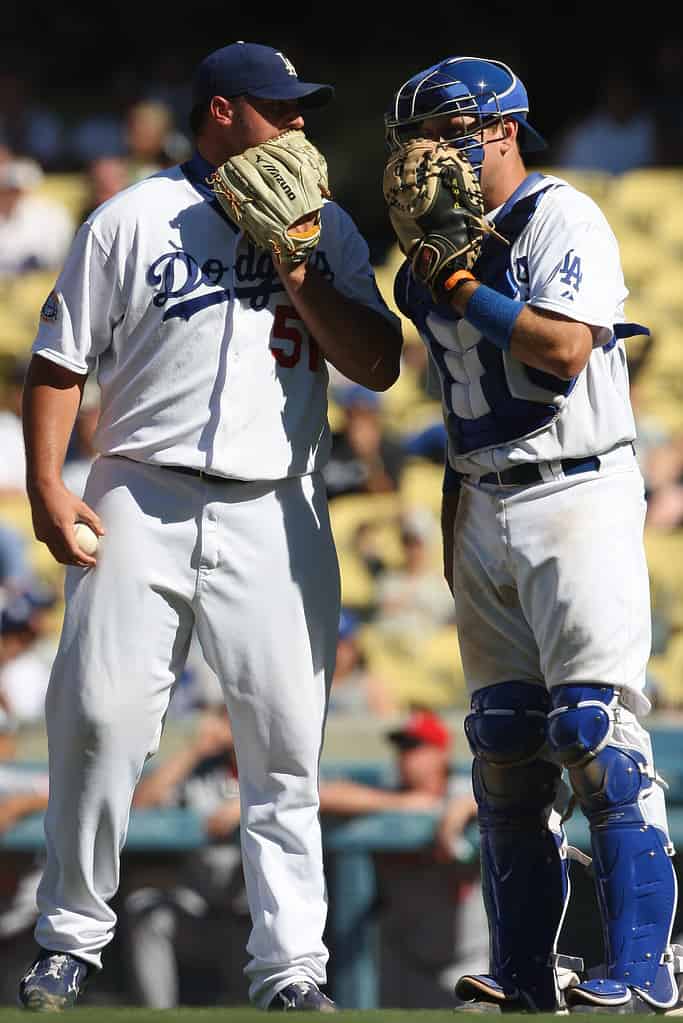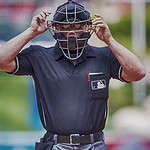A quality start is a statistic used in baseball to measure the performance of a starting pitcher. It is a simple way to determine how effective a pitcher has been in a given game. A quality start is achieved when a starting pitcher completes at least six innings and allows no more than three earned runs.
The concept of a quality start was first introduced in 1985 by John Lowe, a baseball writer for the Philadelphia Inquirer. Lowe proposed that a starting pitcher should be credited with a quality start if he pitched at least six innings and allowed no more than three earned runs. The idea quickly caught on and became an official statistic in 1988.
While it is not a perfect measure of a pitcher’s performance, it does provide a good indication of how well a starting pitcher has done in a game. It is a useful tool for evaluating a pitcher’s consistency over the course of a season and can be a valuable factor in deciding which pitchers to draft for a fantasy baseball team.

What is a Quality Start?
In baseball, a quality start is a statistic used to evaluate the starting pitcher’s performance. A quality start is achieved when a starting pitcher completes at least six innings and allows no more than three earned runs. This statistic is used to measure the pitcher’s ability to prevent runs and to determine the outcome of the game.
The concept of a quality start was first introduced by John Lowe, a sportswriter for the Philadelphia Inquirer, in 1985. Since then, it has become a widely accepted statistic in Major League Baseball (MLB). The statistic is used to evaluate a pitcher’s performance, but it is also used to determine the outcome of the game. If a starting pitcher achieves a quality start but still loses the game, it is known as a tough loss. Conversely, if a starting pitcher achieves a win but does not achieve a quality start, it is known as a cheap win.
The quality start statistic is an important one for pitchers, as it is used to evaluate their performance. Some of the greatest pitchers in baseball history, such as Nolan Ryan, Greg Maddux, and Roger Clemens, have achieved a high number of quality starts throughout their careers. A pitcher’s earned run average (ERA) is also closely tied to the quality start statistic, as pitchers who achieve quality starts tend to have lower ERAs.
In addition to measuring a pitcher’s performance, the quality start statistic is also used to evaluate the opposing team’s hitters. If a pitcher achieves a quality start against a strong hitting team, it is considered a notable achievement. The quality start statistic is also used to evaluate a pitcher’s ability to prevent runs, as pitchers who achieve quality starts tend to have lower run totals.
In conclusion, a quality start is an important statistic in baseball used to evaluate a pitcher’s performance. It is achieved when a starting pitcher completes at least six innings and allows no more than three earned runs. This statistic is used to measure a pitcher’s ability to prevent runs and to determine the outcome of the game.
Minimum Requirements for a Quality Start
In baseball, a quality start is a term used to describe a pitcher’s performance in a game. It occurs when a starting pitcher completes at least six innings and allows no more than three earned runs. However, there are some minimum requirements that a pitcher must meet to achieve a quality start.
The following table outlines the minimum requirements:
| Entity | Minimum Requirement |
|---|---|
| Innings Pitched | 6 |
| Earned Runs | 3 or fewer |
| Strikeouts | No minimum requirement |
To achieve a quality start, a pitcher must pitch at least six innings. This is because a starting pitcher is expected to pitch at least six innings to give their team a chance to win the game. If a pitcher fails to pitch six innings, they cannot be credited with a quality start, regardless of their performance.
In addition to pitching at least six innings, a pitcher must also allow no more than three earned runs. Earned runs are runs that are scored against a pitcher due to their own actions, such as giving up a home run or a hit. If a pitcher allows more than three earned runs, they cannot be credited with a quality start.
Finally, there is no minimum requirement for strikeouts to achieve a quality start. While strikeouts are an important part of a pitcher’s performance, they are not a requirement for a quality start. A pitcher can achieve one even if they do not record any strikeouts.
In summary, the term is used to describe a pitcher’s performance in a game. To achieve a quality start, a pitcher must pitch at least six innings and allow no more than three earned runs. While there is no minimum requirement for strikeouts, they are an important part of a pitcher’s performance.

The Debate Surrounding Quality Starts
Quality starts have been a topic of debate in the baseball community for many years. The term “quality start” was first introduced by ESPN’s John Lowe in 1985, and it has been used ever since to gauge the quality of a starting pitcher’s performance.
The debate surrounding quality starts centers on whether they are an accurate measure of a pitcher’s performance. Critics argue that quality starts are too lenient and do not take into account complete games, strikeouts, and other metrics that gauge a pitcher’s effectiveness. They also argue that the quality start metric rewards pitchers for mediocre performances and penalizes them for tough losses or cheap wins.
On the other hand, proponents of quality start argue that they provide a simple and effective way to measure a pitcher’s performance. They argue that quality starts are a good gauge of a pitcher’s ability to get outs and keep his team in the game. They also argue that quality starts are a good metric for decision-making in fantasy baseball and other baseball games.
One of the most vocal proponents of quality starts is former pitcher Bert Blyleven. Blyleven, who had 242 complete games in his career, has argued that quality starts are a good way to measure a pitcher’s performance because they take into account the number of innings pitched and the number of runs allowed.
Recently, Houston Astros pitcher Framber Valdez has been a poster child for quality starts. Valdez has had 17 quality starts in 2021, which is tied for the most in the league. Valdez’s success has led to renewed interest in the quality start metric.
Bill James, the father of sabermetrics, has also weighed in on the debate. James has argued that quality starts are a good metric for measuring a pitcher’s performance because they take into account the number of innings pitched and the number of runs allowed. However, James has also acknowledged that the average quality start is not a great measure of a pitcher’s performance.
In conclusion, the debate surrounding quality starts is ongoing, and both sides have valid arguments. While quality starts are a good metric for measuring a pitcher’s ability to get outs and keep his team in the game, they are not a perfect measure of a pitcher’s performance.
Examples of Quality Starts
A quality start in baseball is defined as a pitcher throwing at least six innings while allowing no more than three earned runs. This is considered a solid outing, as it gives the team a chance to win the game. Here are a few examples of quality starts:
- In a game between the Rays and the Red Sox, pitcher Chris Sale threw seven innings, allowing only two earned runs and striking out 10 batters. This is considered a quality start, as he met the criteria of throwing at least six innings while allowing no more than three earned runs.
- In another game, pitcher Jacob deGrom of the Mets threw eight innings, allowing only one earned run and striking out 14 batters. This is not only a quality start, but an exceptional one, as he exceeded the criteria and had an impressive number of strikeouts.
- In a game between the Yankees and the Orioles, pitcher Gerrit Cole threw six innings, allowing three earned runs and striking out seven batters. While he just met the criteria, it still gave his team a chance to win the game.
It’s important to note that a quality start doesn’t guarantee a win for the pitcher’s team. Other factors, such as the opposing batters and the overall performance of the team, can also impact the outcome of the game.
According to MLB statistics, there were 8,251 quality starts during the 2021 season, which accounted for 40.1% of all games played. This shows that quality starts are a common occurrence in baseball and are an important factor in the outcome of a game.
In the first inning of a baseball game, a pitcher’s performance can set the tone for the rest of the game. If a pitcher can have a successful first inning, it can give them confidence and momentum for the rest of the game. If they struggle in the first inning, it can be an uphill battle for the rest of the game.
In MLB 9 Innings 21, a popular baseball video game, quality starts are also recognized as an important stat for pitchers. This further highlights the significance of quality starts in the world of baseball.
- Fenway Park Seating Chart: Best Seats To See the Red Sox - July 17, 2023
- What is RBI in Baseball: A Simple Explanation of The “Ribby” - July 3, 2023
- What is DFA in Baseball? A Term No Player Wants to Hear - July 3, 2023








